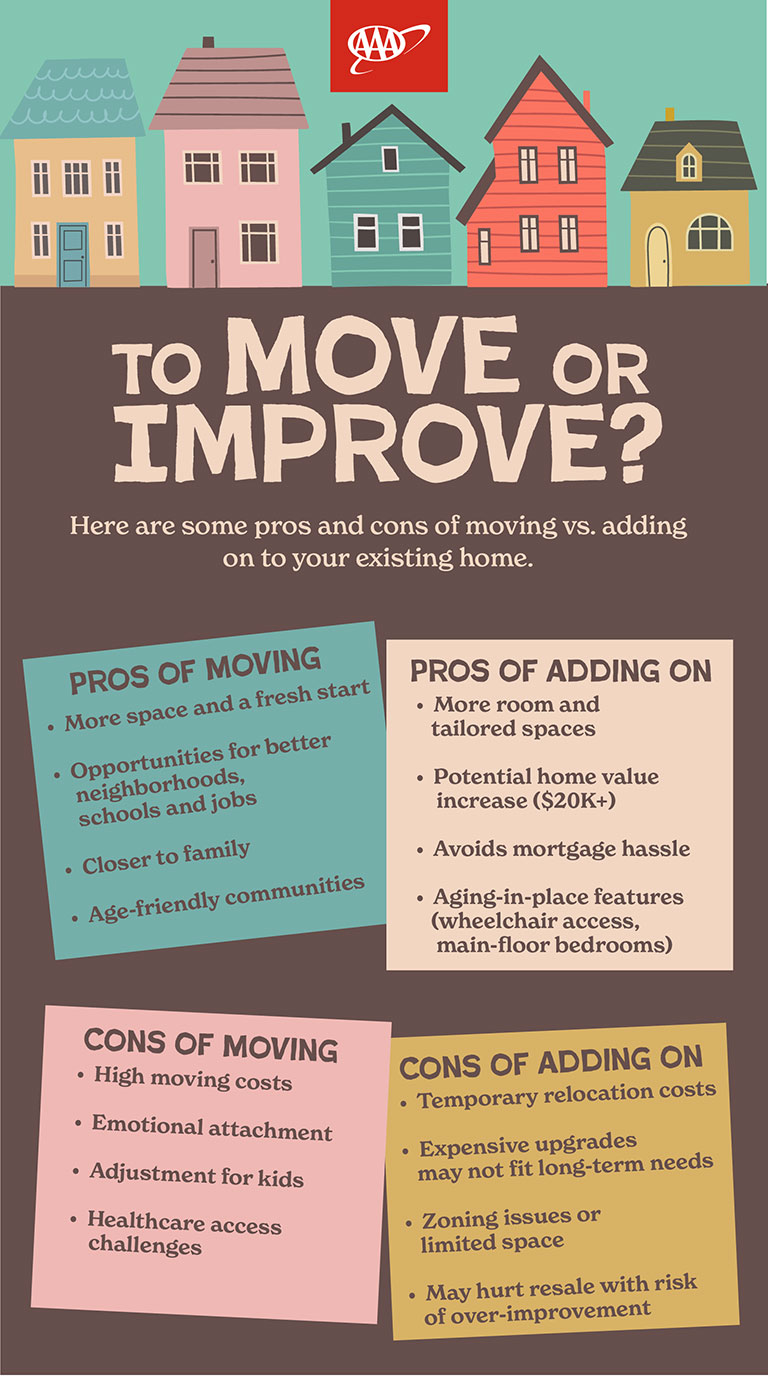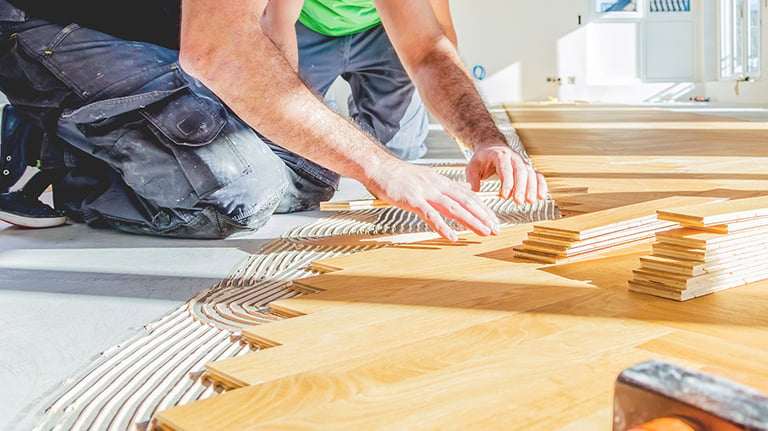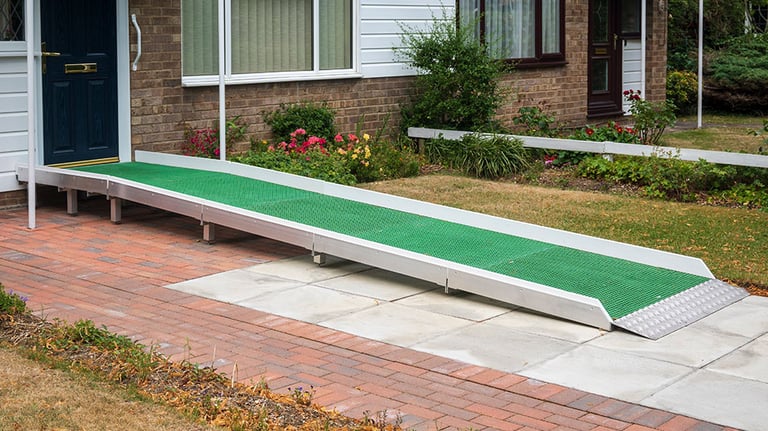Move Vs. Improve: What to Do When Life Cramps Your Space
Weighing the pros and cons of moving vs. adding on to your existing home



It’s true what they say: Life comes at you fast. From growing families to shifting career demands, life’s changes can make a living space suddenly feel too cramped for comfort. Finding the breathing room you need may come down to a tough choice between adding on or moving on altogether. If you’re struggling to decide, consider the benefits and drawbacks of these common scenarios to help you make an informed decision.

Scenario 1: Growing your household
Whether you’re welcoming a baby or caring for aging parents, their needs will almost certainly test your home’s capacity—as well as your daily routines and privacy.
Pros of moving:
- Finding a new home with the right specs can be easier than retrofitting your space.
- Moving could land you in a better school district or closer to other family.
Cons of moving:
- Closing costs and moving expenses can quickly add up.
- Emotional attachments to your home or community can make moving tough.
Pros of adding on:
- It’ll buy you more space (and time) while you consider long-term options.
- Even small additions and upgrades could add up to $20,000 to your home’s value.
Cons of adding on:
- Coordinating home construction comes with its fair share of stress—not to mention dust and debris.
- If the project requires you to temporarily relocate, you may incur additional costs.

Scenario 2: Starting a remote job
The pandemic prompted a massive shift to remote employment that continues today, with workers seeking dedicated home workspace.
Pros of adding on:
- You can tailor features to your unique work-life demands.
- You skip the hectic home search and mortgage application process.
Cons of adding on:
- If work demands change, you could regret expensive upgrades you no longer need.
- Unexpected zoning and/or HOA limitations could hamstring your project.
Pros of moving:
- Nothing says “fresh start” like a promising job and new living space to match.
- A new neighborhood could mean better networking.
Cons of moving:
- It’s less economical than renting a local office space or joining a coworking hub.
- Packing and other disruptions can make focusing on a new gig challenging.

Scenario 3: Shifting interests
Whether you’re a recent empty nester or longtime digital nomad, your surroundings are just as important as your home itself—maybe even more so. As your lifestyle changes over time, a change of scenery—be it interior, exterior, or both—might also be in order.
Pros of moving:
- You have a chance to explore a new neighborhood’s amenities and conveniences.
- There’s the potential for increased property value in a more desirable area.
Cons of moving:
- Children especially might have trouble adjusting to new surroundings.
- It’s far less exciting (but necessary) to switch banks and grocery stores.
Pros of adding on:
- You have the opportunity to add outdoor living space and other vibe-changing features.
- There’s a renewed focus to explore neighborhood features you may have overlooked.
Cons of adding on:
- Home improvement can’t fix a neighborhood that no longer serves your needs.
- Square footage might limit your vision.

Scenario 4: Aging and mobility considerations
As homeowners age, so do their needs for mobility, safety and comfort. Many seniors, though committed to independent living, must make a tough choice to ensure their living space ticks all the right boxes.
Pros of adding on:
- Specialized aging-in-place contractors offer options that include widening doorways for wheelchair access and installing main-floor bedrooms.
- Families have greater peace of mind knowing their aging loved ones are safe at home.
Cons of adding on:
- Future home resale may be limited if accessibility features aren't universally desirable.
- You might over-improve the property beyond neighborhood values.
Pros of moving:
- The right community could mean more social and physical benefits for seniors.
- Locating closer to adult children and other relatives has immense benefits.
Cons of moving:
- You could experience the emotional stress of leaving a beloved home or longtime residence.
- You must navigate critical healthcare and other needs in a new community.
.....
Choosing between moving and building an addition is a highly personal decision. Before deciding, evaluate your current and future needs, consult with real estate and construction professionals, and explore all options. With careful planning, you'll find the right solution to accommodate any changes life throws your way.
